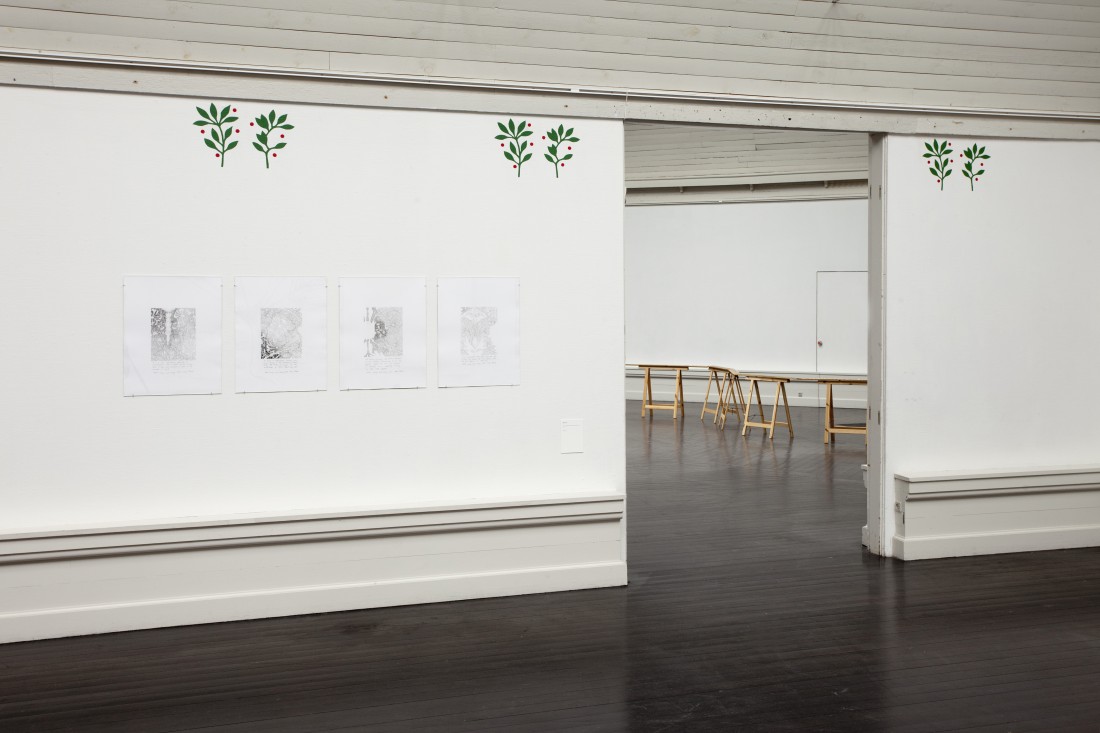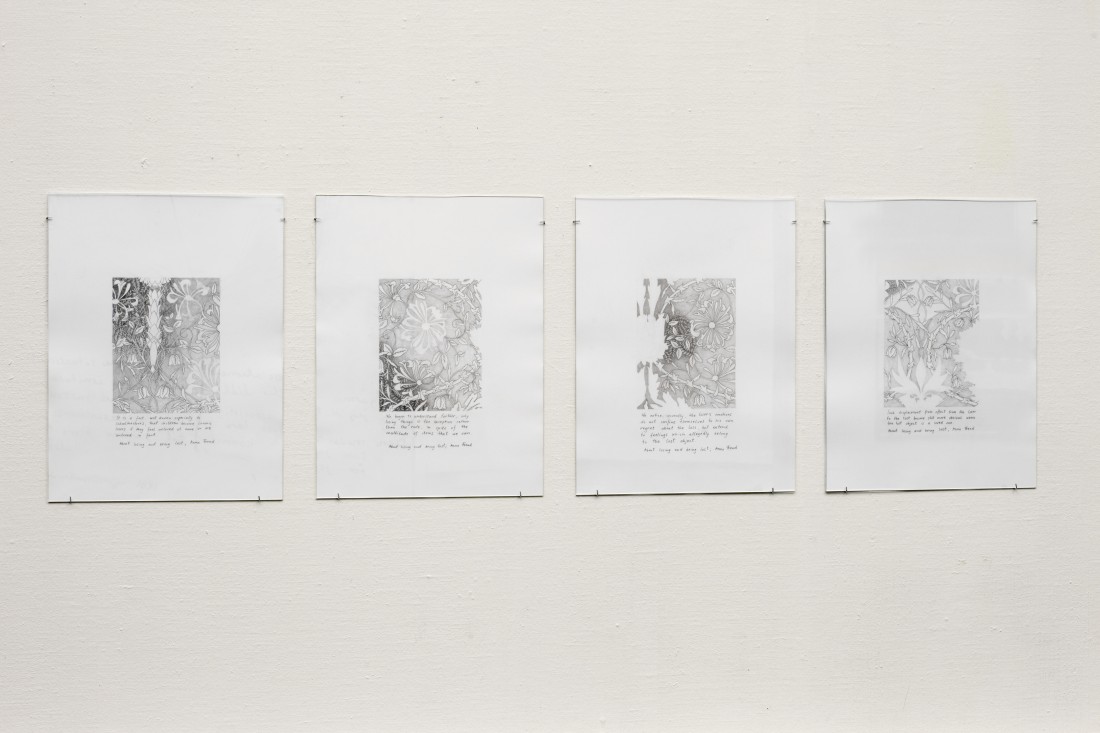
Installation view ”Honeysuckle I – IV (after William Morris)”, 2014, ”100 x Spring”, Den Frie Centre of Contemporary Art.

Installation view ”Honeysuckle I – IV (after William Morris)”, 2014, ”100 x Spring”, Den Frie Centre of Contemporary Art.

”Honeysuckle I – IV (after William Morris)”, pencil on paper under glass, 2014.